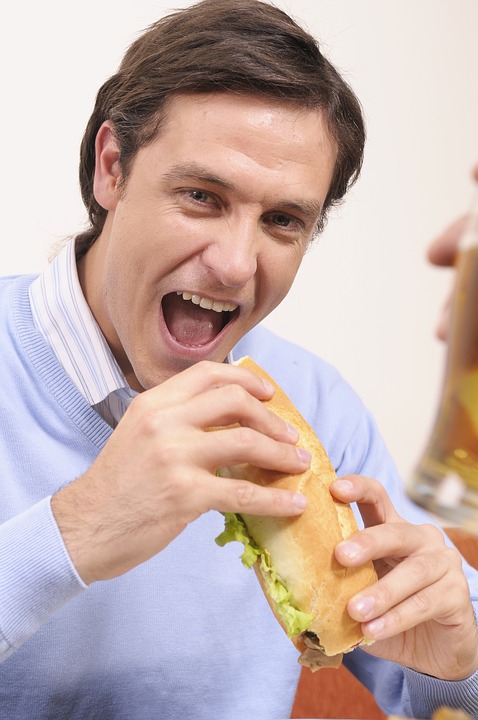Rivalry and Excludability
Updated 4/25/2018 Jacob Reed
Below you are going to review how types of goods can be categorized. While this isn’t a major topic in AP Microeconomics, I expect there to be a few multiple choice questions about this topic on the exam.

Excludability:
One way to categorize goods is based on their excludability. If a good is excludable it is both possible and practical to prevent a consumer from using the good if they do not pay for it. Many goods are excludable. Food, electronics, clothing, skateboards, etc. are all excludable. Firms who offer these products can prevent people from consuming these goods unless they pay for them. These goods are excludable.
Non-excludable goods are goods that are impossible or impractical to prevent people who do not pay for products from consuming them. An example of a non-excludable good is a fireworks display in a densely populated area. It would be quite easy for people to enjoy the fireworks display from their roofs, yards, or a nearby street without paying for it. Non-excludable goods have a free-rider problem. Free-riders are the people who consume the product but do not pay for it. If non-excludable goods are produced by the free market, there will not be enough people paying for the product to warrant firms producing the allocatively efficient quantity. As a result, the market will tend to under-produce. This is a market failure and creates deadweight loss. Often non-excludable goods will be provided by the government.
Another way to categorize goods is based on whether a product is rival or non-rival. A good is rival if consuming it reduces the availability for others. A cup of coffee is rival. As one consumer drinks the coffee there is less coffee available for other consumers to drink.
Non-rival products are not reduced in availability as they are consumed. The fireworks display is also an example of a non-rival good. As one person watches the fireworks display it doesn’t diminish the availability of the fireworks display in any significant way for another person who wishes to watch.

Private goods: Most goods and services fall into this category and are both rival and excludable. Private businesses produce these goods for the market.
Natural monopoly: Goods that are non-rival but excludable tend to be natural monopolies. These firms have an ATC that is strictly downward sloping. These firms can continually increase output while reducing the average per-unit cost of production. Electricity service is an example of a natural monopoly. The most expensive part of providing a home with electricity is stringing the wires all over town. As a result the average cost of providing more kilowatt hours of electricity tends to decrease with more output. Governments often regulate natural monopolies and impose fair return price ceilings to reduce deadweight loss.
Common resource: A common resource is a good that is rival, but non-excludable. Fish in the ocean would be a common resource. Consuming a fish from the ocean means there is one less for someone else and it would be difficult if not impossible to prevent people from taking fish out of the ocean. Common resources suffer from the free rider problem as people tend to consume the common resource without paying the full cost. Common resources will be over consumed as a result. Governments often attempt to regulate the use of common resources in an effort to ensure the allocatively efficient quantity is produced and consumed.
Public goods: are both non-rival and non-excludable. A hiking trail in a public park is non-excludable and one person hiking the trail doesn’t significantly reduce someone else’s ability to hike on the trail. Public goods suffer from the free-rider problem as well. Since the good is non-excludable, consumers can use the good without paying their fair share. If left to the free market, public goods will be under produced. As a result, governments will often produce public goods.
Multiple Choice Connections:
2012 Released AP Microeconomics Exam Questions: 30
Up Next:
Review Game: Rivalry and Excludability Sorting Game
Content Review Page: Important Points, Prices, and Quantities
Other recommended resource: ACDCLeadership
